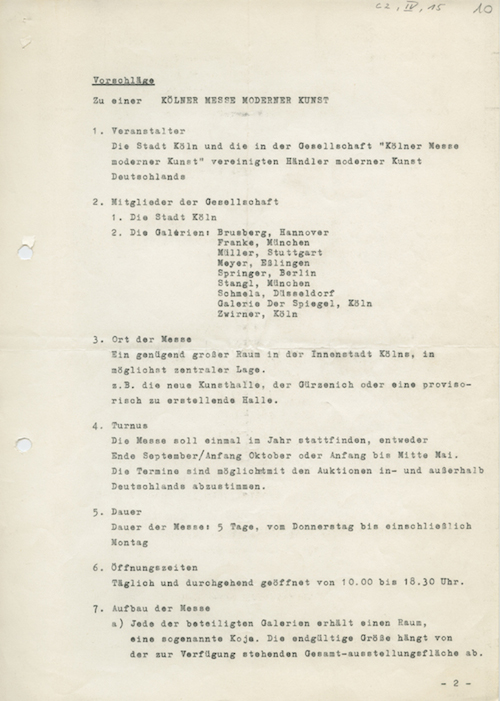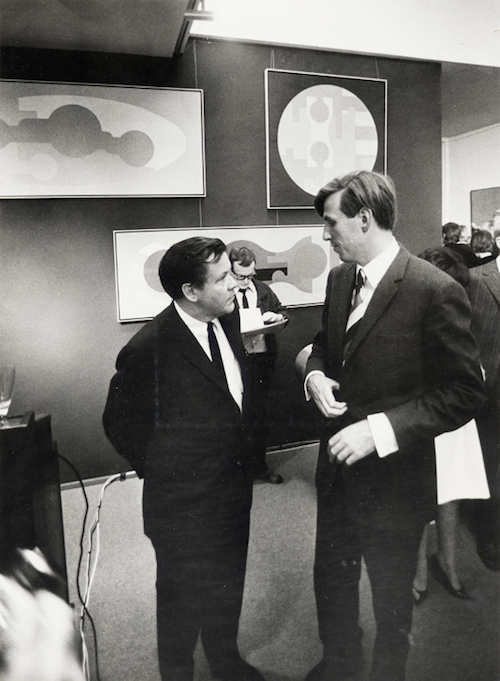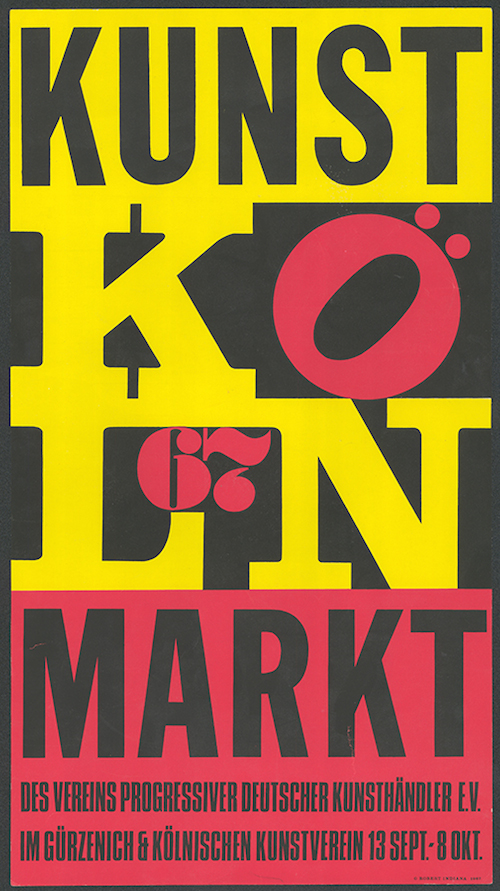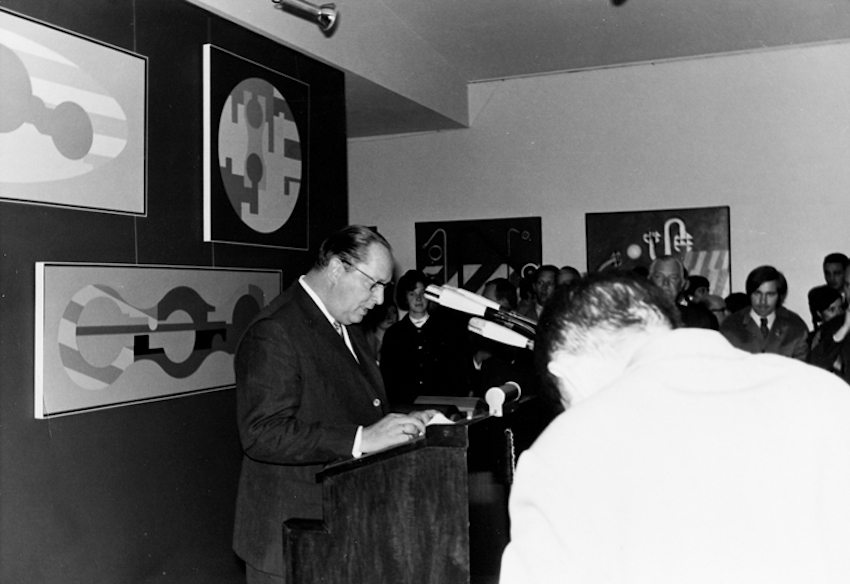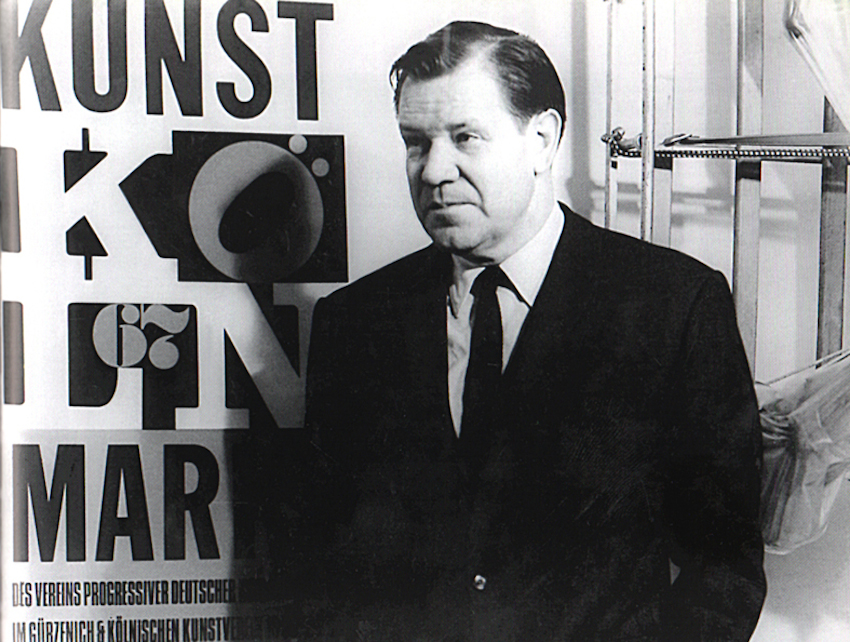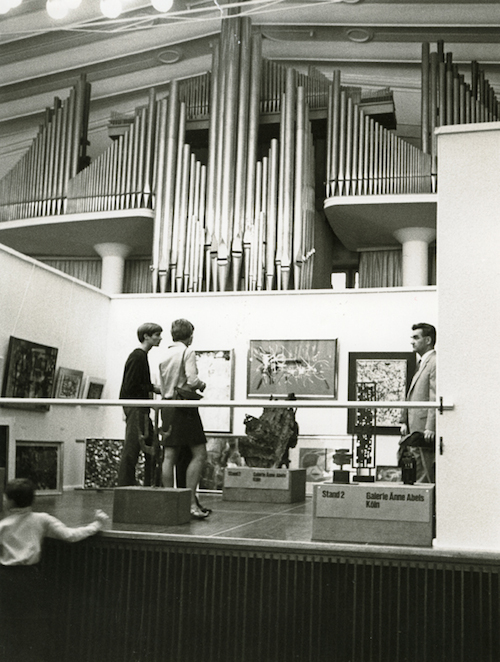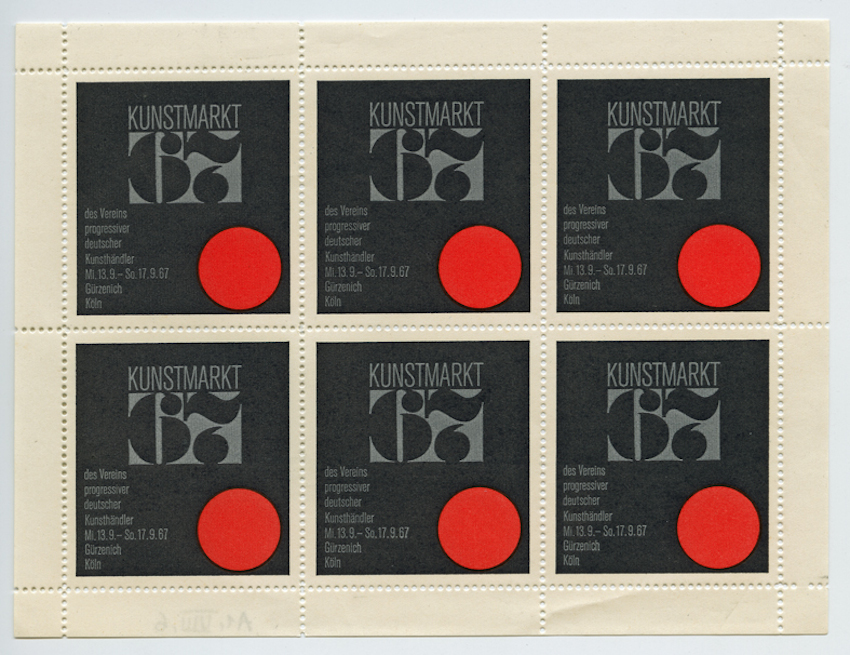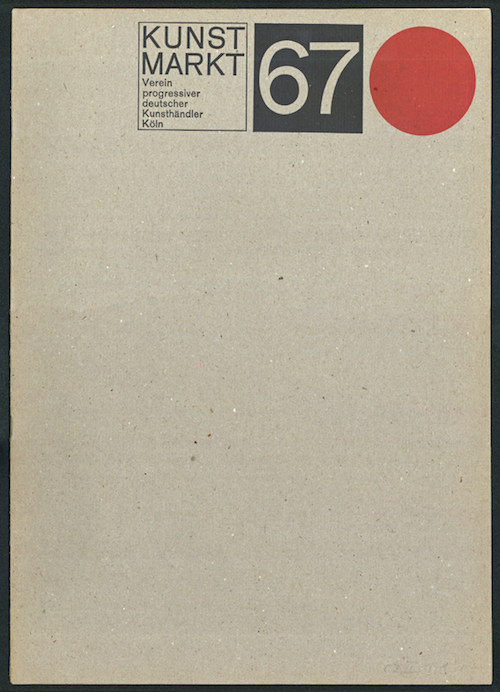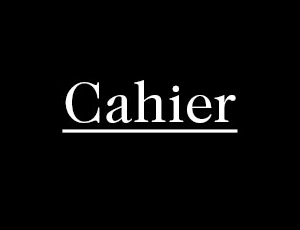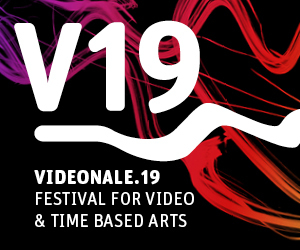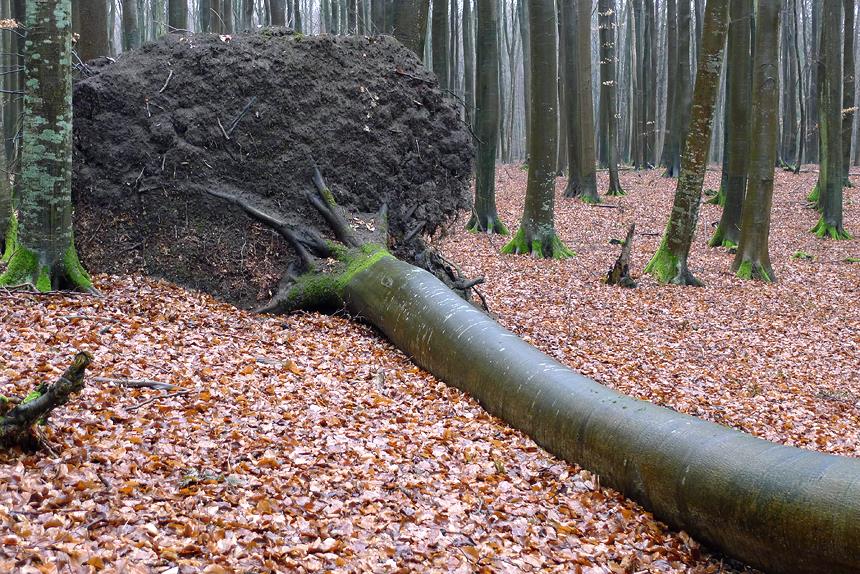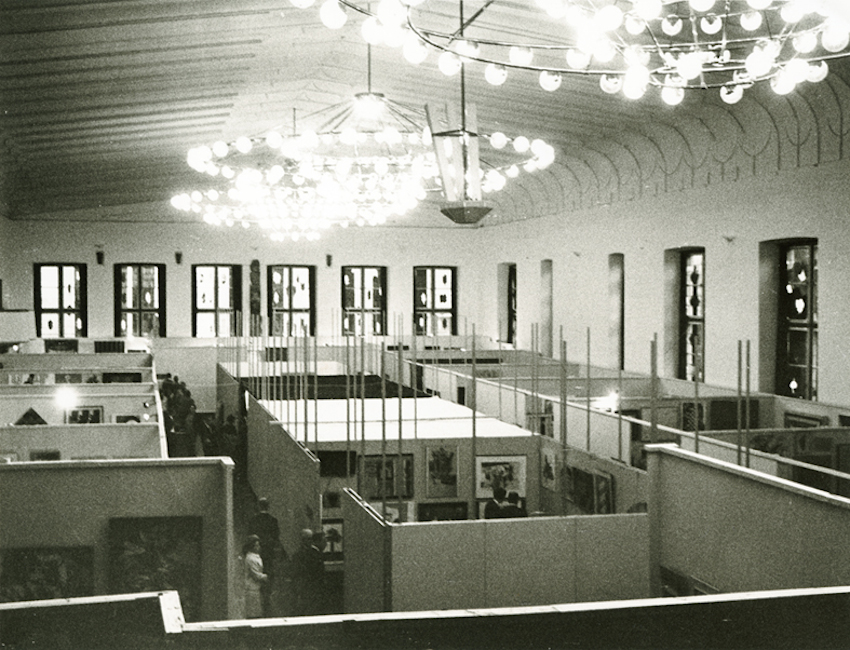
Kunstmarkt Köln ’67
50 years Art Cologne: Günter Herzog, director of Zentralarchiv des Internationalen Kunsthandels on the First Kunstmarkt at Gürzenich and Kölnischer Kunstverein, September 13–17, 1967
The genesis of today’s ART COLOGNE, a fair focused on classical modernism, postwar art and contemporary art, was the Kunstmarkt Köln 67. At six in the evening on September 12, 1967, the fair opened in the Gürzenich, the Gothic ceremonial hall of the city of Cologne; it would change the international art market forever. The founders of the fair were the Cologne-based gallerists Hein Stünke and Rudolf Zwirner. Their concept was born of necessity, because, at the end of the early postwar period, the art trade in Germany was performing badly, despite renewed dynamism in art production, the art market, and the art system as a whole, and a growing public interest in art. Initially French art was dominant in this period, with Paris as the capital of the art market. But, shortly after the second documenta, in 1959, it was superseded by American art and New York as the new global art metropolis. Following World War II, West Germany had lost not only its capital, but also its former art centers. The Rhineland, with Bonn as the new capital, had developed into the industrial motor of Germany and a hub for the economy of Western Europe, and thus became the German art establishment’s new heartland. Indeed, to this day, North Rhine-Westphalia, along with the adjacent Benelux nations, remains the region with the highest concentration of industry, capital, and art collectors in Europe—a situation that had already laid the groundwork for the art market of the early sixties.
With their fair, Stünke and Zwirner wanted to establish a new center for art, at least temporarily, and, in the longer term, to promote the production of new art nationally, and thus young German artists, positioning them internationally, and promoting them to a new collecting public. As we now know, they succeeded in doing so on a scale that they themselves barely thought possible at that time, with their concept ultimately proving historically important: ART COLOGNE has been highly influential not only in terms of the significant developments in the history of the national and international art trade, but also the history of art as a whole.
Besides documenta, Stünke and Zwirner’s models for the Kunstmarkt Köln were the Deutsche Kunst- und Antiquitätenmesse (German Art and Antiques Fair) in Munich (established in 1956), the Stuttgarter Antiquariatsmesse (Stuttgart Antiquarian Book Fair, founded in 1962), and, most recently established, the ‘Salon international de Galeries pilotes’. The latter was held at the Musée cantonal des Beaux-Arts in Lausanne and was organized by director René Berger for the first time in 1963, then again in 1966, and for a final time in 1970. From Germany Galerie van de Loo from Munich took part in 1963 and, in 1966, Stünke was represented with his gallery, Der Spiegel.
In 1966, to ensure broad support for their project, Stünke and Zwirner, along with 16 other gallerists, formed the Verein progressiver deutscher Kunsthändler (Association of Progressive German Art Dealers). As an association, they negotiated with Kurt Hackenberg, then head of cultural affairs for the city of Cologne, to obtain municipal support, which was provided in the form of them being granted free use of the city’s Gürzenich (for the “promotion of trade”) and the Kölnischer Kunstverein (for the “promotion of interest”). In the foyer and ceremonial hall of the Gürzenich, what would today be considered very simple booths were built for the galleries. Those participating were Galerie Änne Abels, Cologne; Galerie Appel & Fertsch, Frankfurt am Main; Galerie Block, Berlin; Galerie Brusberg, Hanover; Galerie Gunar, Dusseldorf; (op) art Galerie Mayer, Esslingen; Galerie Müller, Stuttgart; Galerie Neuendorf, Hamburg; Galerie Niepel, Dusseldorf; Galerie Rolf Ricke, Kassel; Galerie Schmela, Dusseldorf; Galerie Springer, Berlin; Galerie Stangl, Munich; Galerie Thomas, Munich; Galerie Tobiès & Silex, Cologne; and Galerie van de Loo, Munich. Galerie Hans Mayer (located in Dusseldorf since 1971) and Galerie Thomas are still represented at the fair today, along with Walther König with his art-book stand, which he originally ran for the bookshop Bücherstube am Dom in 1967 and 1968, before participating for the first time independently in 1969 with his Buchhandlung Walther König.
Kunstmarkt Köln 67 offered an overview of modern and contemporary international art, a considerable proportion of which was produced in Germany. What dominated in the press as well as in the memory of many of the visitors, however, was pop art, then experiencing a wave of popularity in Germany, alongside the overwhelming range of works on paper presented in the foyer. The impulse to use this kind of fair to bring art to the masses was thanks in no small part to the new social metanarrative of democratization and participation in politics as well as in art.
The revolutionary quality of this first fair can only be understood today when one reads about the direct responses and effects it had, documented in a plethora of national and international news reports. What was pioneering for the well over 15,000 visitors to the exhibition— for whom the improvised exhibition architecture and bazaar atmosphere allayed the (still) common fear of entering an art gallery— was first and foremost an experience addressed in numerous press articles: the ability to purchase items that one had up until that moment only had the chance to see in exhibitions and museums. However, for old-school dealers, such as Daniel-Henry Kahnweiler, this new, aggressive form of marketing, which also demanded that galleries publish price lists, making the commodification of art clearer than ever before, was almost sacrilegious, if not blasphemous. With prices between 20 Deutsche Marks for works on paper and 60,000 for top works, the then sensational record turnover of around one million Deutsche Marks was realized in only five days. It is only possible to judge how sensational this was, when one considers that a brand-new Volkswagen Beetle then cost 5,150 Deutsche Marks (just under 3,000 US dollars), therefore around three times as much as a representative oil painting by Gerhard Richter.
Parallel to the Kunstmarkt Köln 67, the Verein progres- siver deutscher Kunsthändler organized an exhibition of contemporary art at the Kölnischer Kunstverein in order to supplement the information about current developments in art offered by the fair. As in the Gürzenich, each gallery was also given one stand here, but was only allowed to present a maximum of two artists. The artworks also had to be openly priced, and the Kunstverein received a share of the sales revenues. Despite this, the exhibition was presented as it might have been in a museum, and remained open until October 18, one month longer than the fair.
The press, as well as galleries that the Verein progres- siver deutscher Kunsthändler had not permitted to participate, questioned the progressive quality of the gallery and exhibition program. Not represented was, among others, the Galerie Heiner Friedrich from Munich, which— both then and now— is undoubtedly considered progressive. It nevertheless participated indirectly in the fair by putting on an exhibition at Studio DuMont on Breite Strasse to coincide with the Kunstmarkt Köln: the now celebrated Demonstrative 1967, which included works by John Hoyland, Konrad Lueg, Blinky Palermo, Sigmar Polke, Gerhard Richter, Reiner Ruthenbeck, and Cy Twombly.
Reasoning that German dealers alone should reap the rewards of their labor intensive introduction and promotion of international art represented, at that time, by pop art on the German art market, rather than leaving it to their international competitors, no galleries from abroad were permitted to attend a situation immediately criticized by the press and an issue that would soon become a problem for the fair. Initially, however, the Kunstmarkt Köln 67’s new form of marketing and presentation proved to be an overwhelming success, and it was clear to all involved that the fair had to continue.
Continue reading in the publication (out on April 12, 2016):
Zentralarchiv des internationalen Kunsthandels (Ed.): ART COLOGNE 1967-2016. Die Erste aller Kunstmessen – The First Art Fair. 408 pages, many b&w and color images. Verlag der Buchhandlung Walther König, ISBN 978-3-86335-922-5, EUR 38,00, order at: order@buchhandlung-walther-koenig.de
top image: Kunstmarkt Köln ’67; View onto the boothes in the ballroom of the Gürzenich. Photo © Peter Fischer, Historisches Archiv der Stadt Köln HAStK

